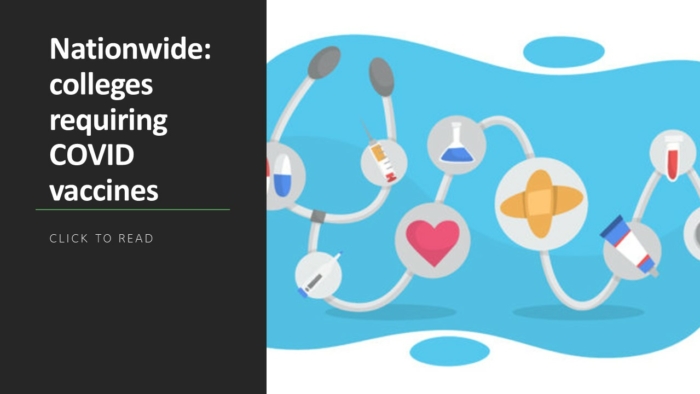Nearly half of college and university administrators are getting financial aid offers into the hands of families and prospective students more quickly, according to a new report released by the National Association of Student Financial Aid Administrators (NASFAA).
Thanks to early Free Application for Federal Student Aid (FAFSA) and prior-prior year (PPY) tax information that went into effect under the Obama Administration, students are able to fill out documents earlier and many are getting responses from institutions sooner, easing frustrations around that part of the painstaking process.
Some 44% of the 427 respondents from a wide cross-section of institutions who were polled by NAFSAA in mid-January said they had shipped offers out before February. Another 16% said they would have them completed and sent by the end of this month.
“The benefits of Early FASFA are coming to fruition,” said NASFAA President and CEO Justin Draeger. “Knowing months sooner what to expect financially also levels the playing field for lower-income students who might otherwise be left scrambling to make decisions on college attendance at the last minute. We still need Congress and the Department of Education to do their part, by completing federal appropriations on time and publishing final federal student aid amounts by November 1.”
Many colleges are expediting eligibility information to students to the channel where they say they look the most frequently—through email on their college’s portal. Those distributions were far and away the highest form of communication at 45%, compared with traditional mailed letters at 31%. Another 13% were sending award confirmations via email attachments. “As lawmakers consider the best way to notify students of their financial aid eligibility, we should remember that most schools are leveraging technology to deliver vital information to students and families,” Draeger said. “Standardizing aid offers must leave enough flexibility for schools to deliver information that will be the most impactful to different student demographics.”
Instead of having to wait until the new year begins to submit financial aid applications, the Obama-era rule gives students the opportunity to apply a year earlier in the fall and the ability to import their information from the IRS directly to the FAFSA. Students took advantage, although there was some concern that institutions might not react fast enough. There are still around half that are sending award information a bit later, but the process is working for many of them.
There is one major caveat: Despite the move to allow students to fill out FAFSA forms earlier, many are not doing so. The National College Attainment Network reported several weeks ago reported that more than 800,000 did not submit FAFSA applications, leaving more than $3.5 billion in financial aid available.



